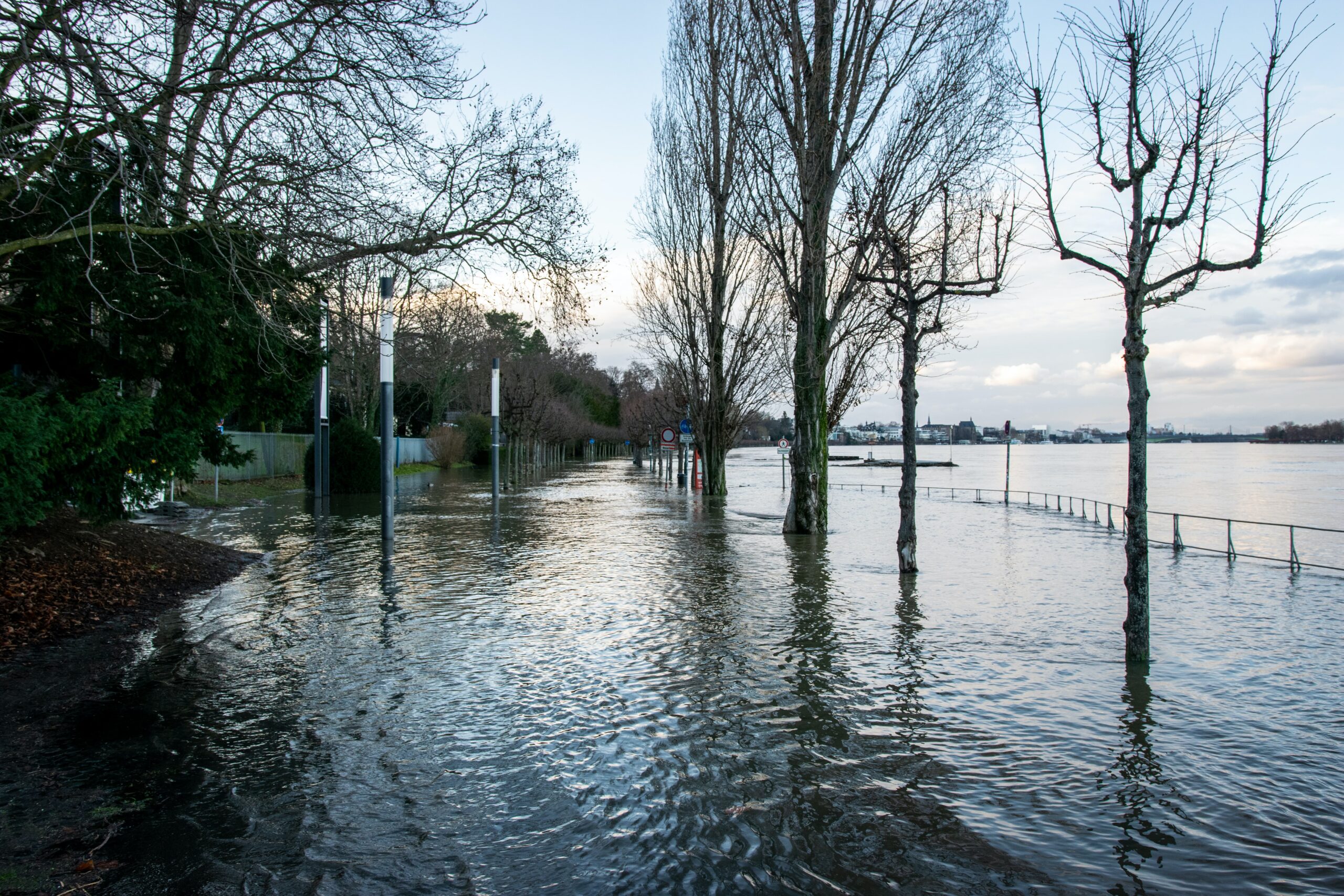Canadian insurance companies are impacted by new challenges and new advancements every year. With every challenge, a new opportunity arises to prevent the same issue from recurring.
Due to the fast-paced and constantly changing insurance industry, adaptability and innovation are key areas in which all insurance companies and adjusters must excel. From the technological advancements to the increase in natural disasters, it’s imperative that as time goes on, you stay up-to-date with the latest property insurance trends so you can understand how to overcome and adapt to the challenges of the year.
In this article, we will cover four home insurance trends for 2022 that you should know so you can maintain your profitability, better serve your policyholders, and stay ahead of your competition.
1. Embracing The Future With Advanced Customer-Support Technologies
Over time, technology has greatly changed how insurance companies connect and communicate with policyholders. Policyholders appreciate the ease of access to online support chats, bill management, and other services. So much so, 70% of policyholders say they use their online home insurance app or website to manage their existing policies.
In 2022, it’s essential to focus on developing and embracing technologies that can help you further support your policyholders.
Consumers expect services to be fast, easy to use, and adequate. If you have these three vital elements in your online support, then you are already using this trend to your advantage. However, innovation never stops and you need to continue to find new ways to embrace this technology to stay ahead of the curve.
2. Using New Tools to Advance Claim Processing

One of the most significant trends of 2022 is the advancement of technologies to help make work environments more efficient and productive.
Insurance companies have recently discovered multiple ways to speed up the claim process, including using drones to evaluate and gather information. According to Robotics Tomorrow, drones can increase inspection efficiency for insurance companies by up to 85%. With this significant advancement, you can expect a variety of innovative tools to help speed up your claims processes throughout the year and into the years ahead.
3. Adapting to the Number of Natural Disasters Due to Climate Change

Understanding the increasing trend of natural disasters and the costs that come with them throughout Canada is vital knowledge every insurance company must know.
To put this increase of natural disasters into perspective, in 2020, catastrophic weather disasters cost Canadians around $2.4 billion in insured losses for the year. In contrast, in 2021, the British Columbia flooding alone cost Canadians $7.5 billion in insured losses. Meaning, we can expect the number of natural disasters to increase as time goes on.
According to a Senior Official with Natural Resources Canada, the costs of natural disasters are up $400 million from just a decade ago. This increase in workloads, safety risks, costs, natural disasters, and more are at an all-time high. Meaning, insurance companies must adapt to these changes in order to mitigate their risks in the future.
There are various ways to mitigate these climate change issues, such as incentivizing policyholders to reduce their risk, or investing in risk prevention such as wildfire defence services.
4. Using ALE Management Support to Reduce Workloads

An overlooked yet increasingly important trend of 2022 is gaining support from third-party ALE management providers.
More than ever, technologies, climate change, and other challenges and advancements are directly affecting the insurance industry. All of these elements can drastically increase your workload. When workloads are increased, companies see a noticeable difference in the employee’s efficiency, productivity, and overall health and mood. That’s why it’s essential to have ALE management support.
ALE management services can support your displaced policyholders in finding temporary accommodations. Adjusters can rely on these services to help reduce their workloads so they can maintain their focus on each claim.
Adapting to New Challenges Will Help You Stay On-Top in 2022
As 2022 begins to fly by, it’s crucial to stay on top of the new insurance industry trends to ensure adjuster workloads don’t get too heavy in the years to come.
At Accomsure, we provide ALE management services to help you focus on your displaced policyholders’ claims while we care for their unique accommodation needs.
Are you prepared to adapt to meet the needs of your policyholders? If not, It’s time you face these property insurance trends head-on! Contact Accomsure, and let us support you today!




